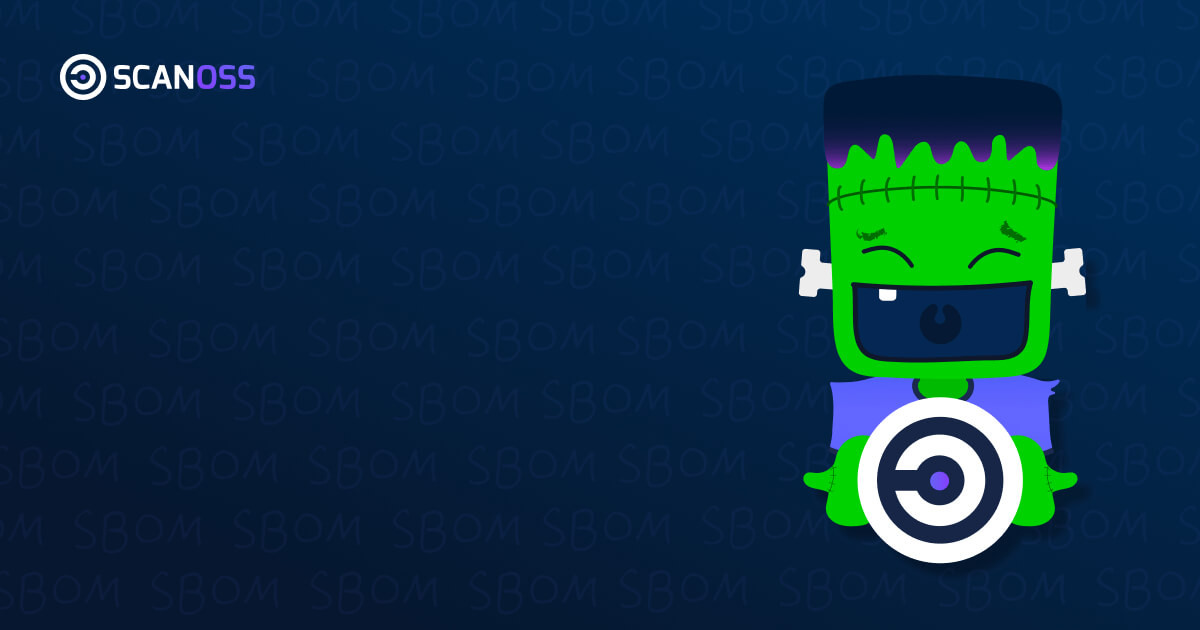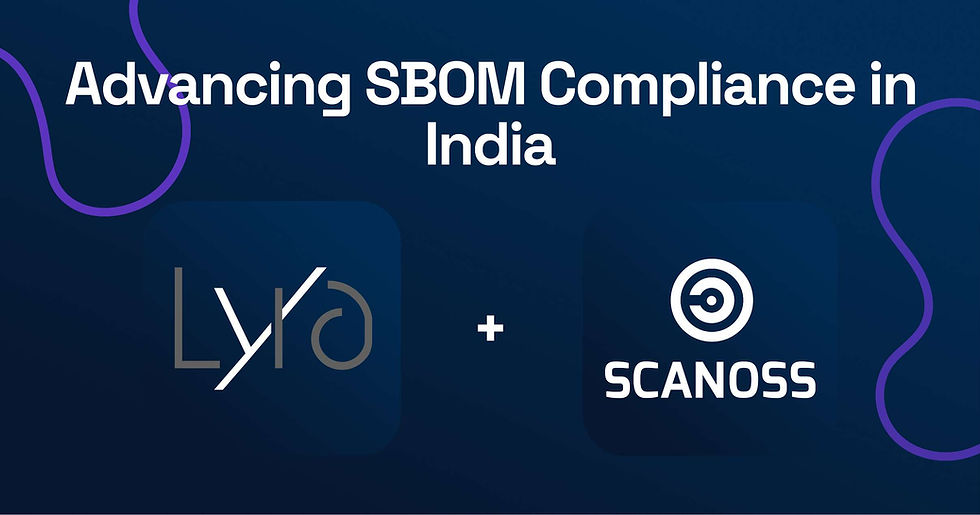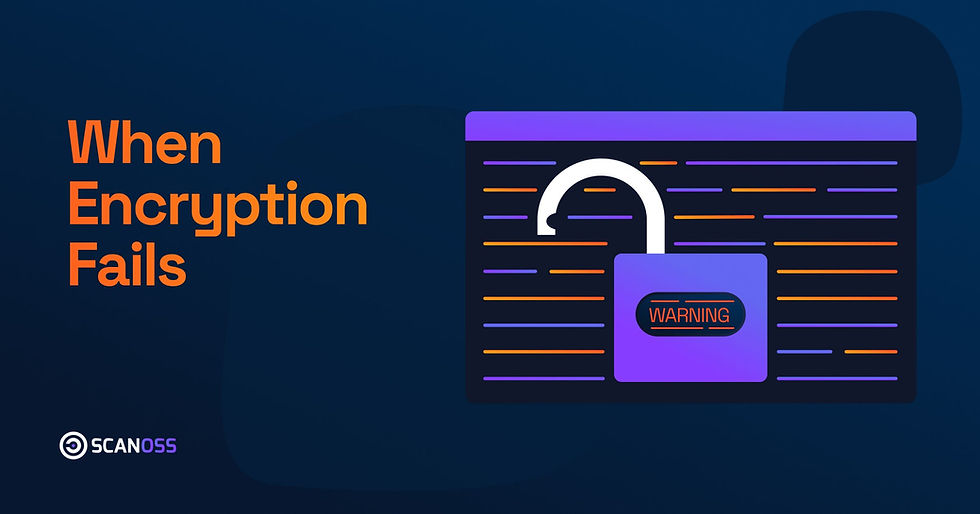Understanding Open Source Licence Compliance
- Giuliana Bruni

- Oct 10
- 2 min read

Open source software powers today’s digital economy, but licence obligations are often misunderstood or ignored. License compliance is not a legal afterthought. Done well, it protects organisations against legal exposure, financial penalties, and reputational damage.
The most common source of confusion lies in distinguishing permissive from copyleft licences. These are only two of the main categories of open source licences, so not an exhaustive list. Permissive licences such as MIT or Apache 2.0 allow broad reuse with minimal compliance obligations, usually simply requiring attribution. Copyleft licences such as the GNU GPL carry more restrictive obligations: distributing derivative works obliges you to make the source code available under the same licence. Potentially obliging you to open your proprietary code to the world. Misinterpreting these obligations remains a common pitfall for enterprises.
Another cornerstone is maintaining a complete and accurate component inventory or Software Bill of Materials (“SBOM”) . Modern applications often include hundreds of dependencies and without visibility into license obligations for each component, compliance becomes a nightmare.
Automated scanning solutions address part of this challenge by identifying dependencies and flagging conflicting licence obligations, but, automation without governance just generates noise. Effective compliance requires a feedback loop where flagged issues are reviewed, resolved, and documented.
This is where SCANOSS stands apart.
Our Licence Dataset uniquely delivers transparency down to the code fragment or snippet level. We identify which open source components and dependencies are in your code and connect each component to its obligations. Organisations can integrate checks directly into developer workflows, detect issues early, and build reliable SBOMs. By linking source components to licence data, SCANOSS transforms compliance from a reactive liability to an always-on, proactive control.
The scale of the challenge continues to grow. GitHub’s Octoverse 2024 reported more than 94 million active developers contributing to open source. With such rapid expansion, licence compliance is a constantly moving target. Enterprises that treat it casually face unnecessary risks, while those investing in structured programmes, automation, and real-time intelligence gain resilience and trust.
Now is the time to strengthen your compliance posture. Explore how SCANOSS enables end-to-end licence compliance at:



